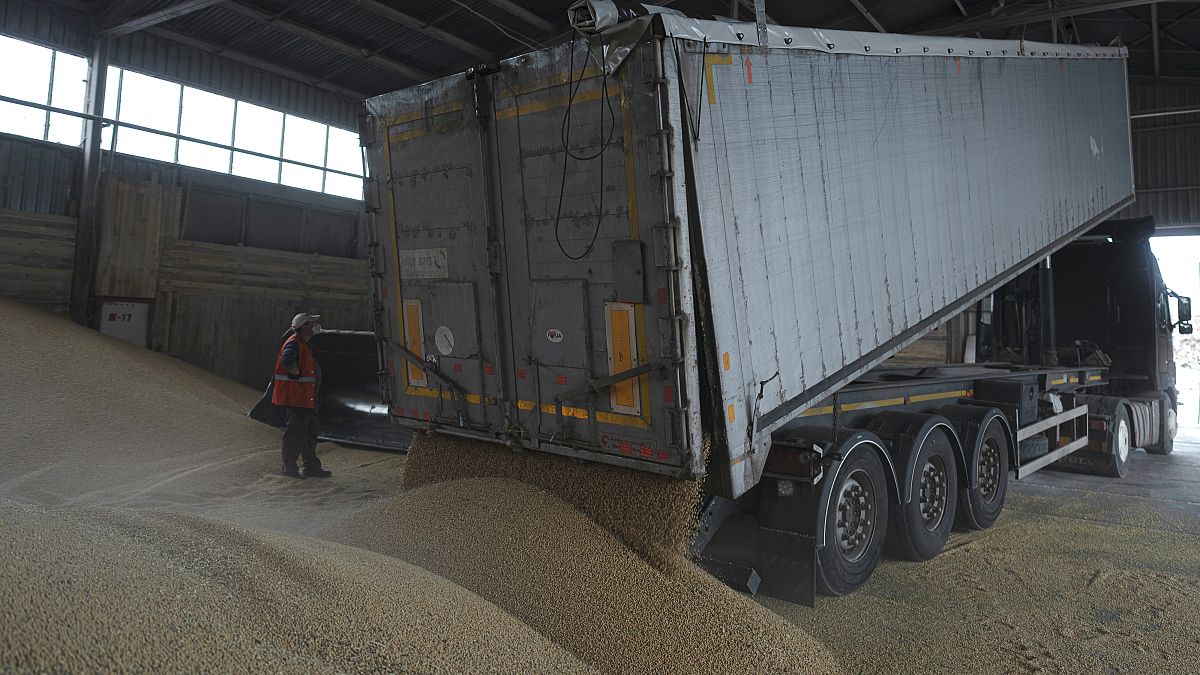The EU is hoping that the €500 million it is putting on the table will unleash a wave of investments to boost the production of weapons in the bloc to support Ukraine and replenish domestic stocks.
This week, the European Commission laid out plans aimed at supporting ammunition production.
This comes after decades of military protection from the United States through NATO, with many European countries not investing a great deal in the domestic production of weapons.
But then Russia launched a full-scale invasion of Ukraine.
With a budget of €500 million, the aim of the Commission's latest plan is to co-finance projects for the defence industry and try to reinforce the bloc's geopolitical credentials.
"ASAP (the Act in Support of Ammunition Production) aims at consolidating our European defence industrial base to meet the needs of Ukraine but also, I must say, in the longer term to meet the new security challenges in Europe, because, of course, as we can see, all Member States are, to a large extent, committed to increasing their defence spending," Commissioner for Internal Market Thierry Breton said.
Acute food insecurity on the rise
It’s common knowledge that the war in Ukraine has had a huge impact on the supply of energy, fertilisers and food, notably grains, for over a year now.
The Black Sea Grain Initiative has helped release millions of tonnes of grain from Ukrainian ports to less developed countries, especially in Africa.
But the shock has been such that in 2022, the number of people facing acute food insecurity has risen to 258 million people in 58 countries.
That's 65 million more people than in the previous year.
The figures from the Global Report on Food Crises were presented this week by an international network created seven years ago by the United Nations, the European Union, as well as different agencies and organisations working to combat the food crisis.
"It is really this interplay of issues, an overlapping of the impacts of violence on top of economic challenges, not least driven by the ripple effects from the COVID-19 pandemic that the world has been feeling and then, of course, climate challenges, the climate crisis and everything that means in terms of extreme weather events," Rein Paulsen, director of the Office for Emergencies and Resilience at the UN's Food and Agriculture Organisation (FAO), said.
